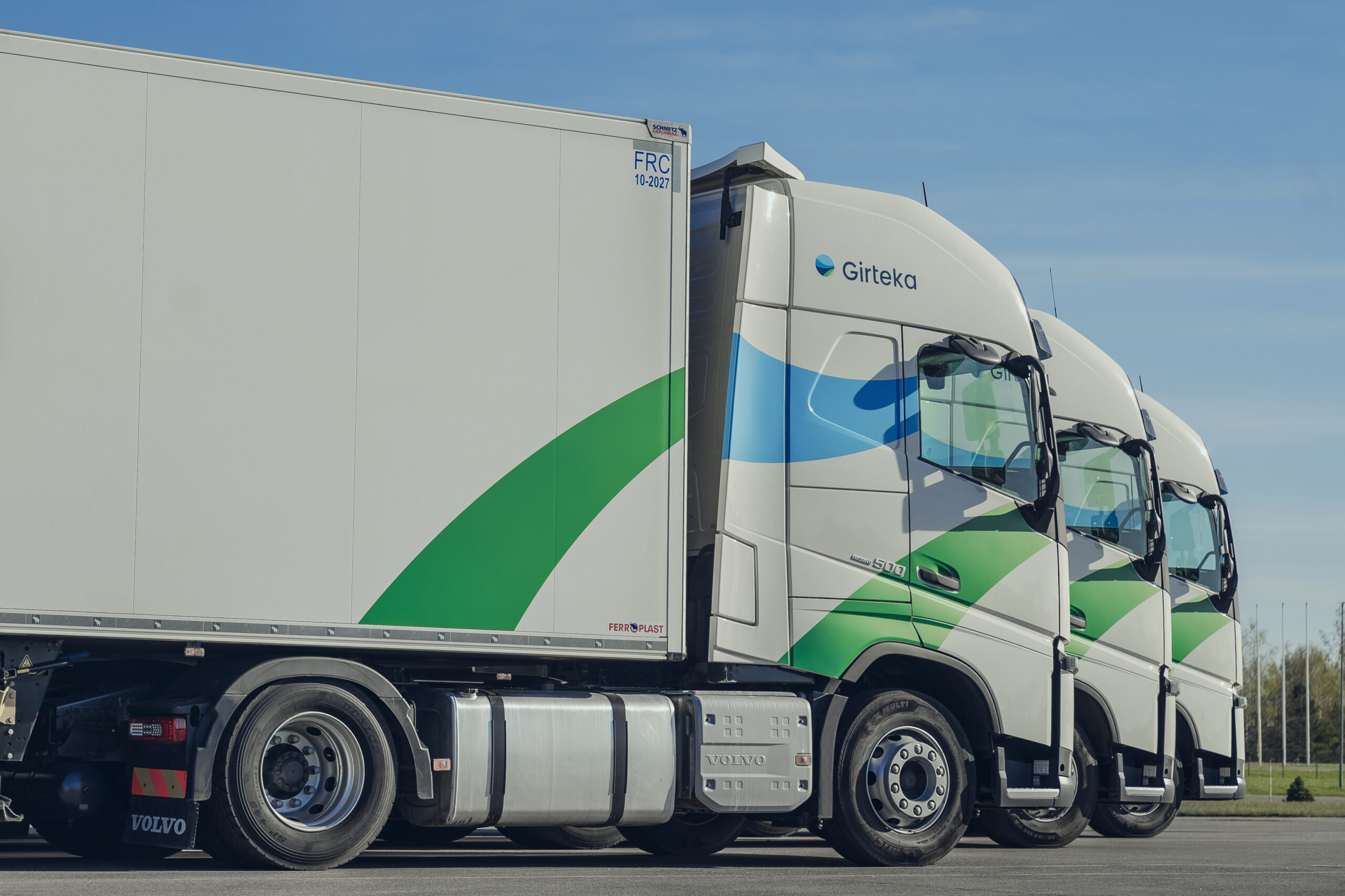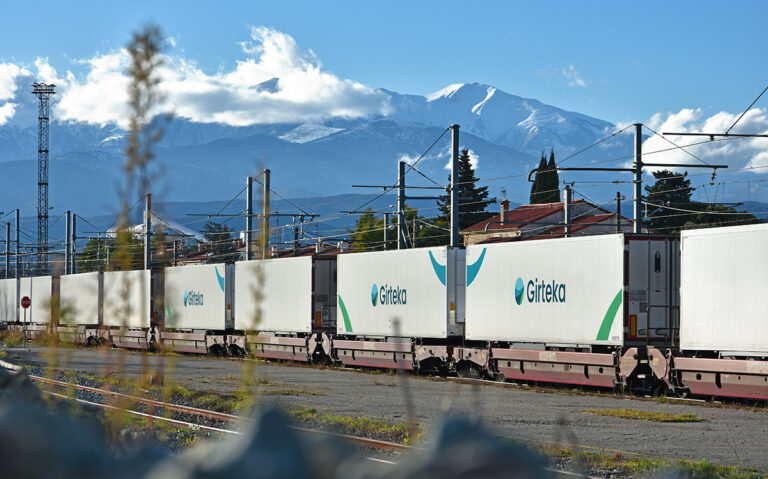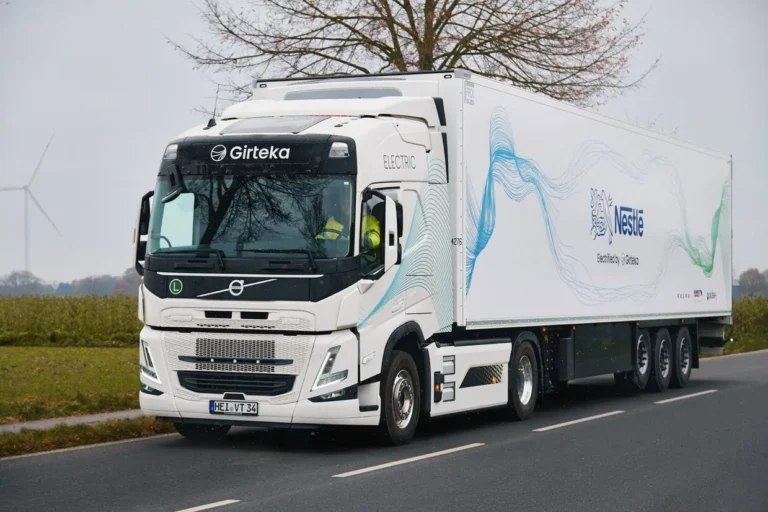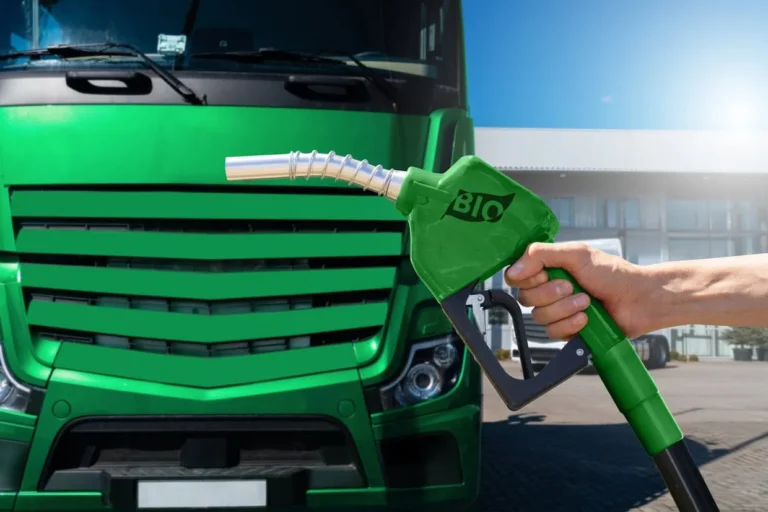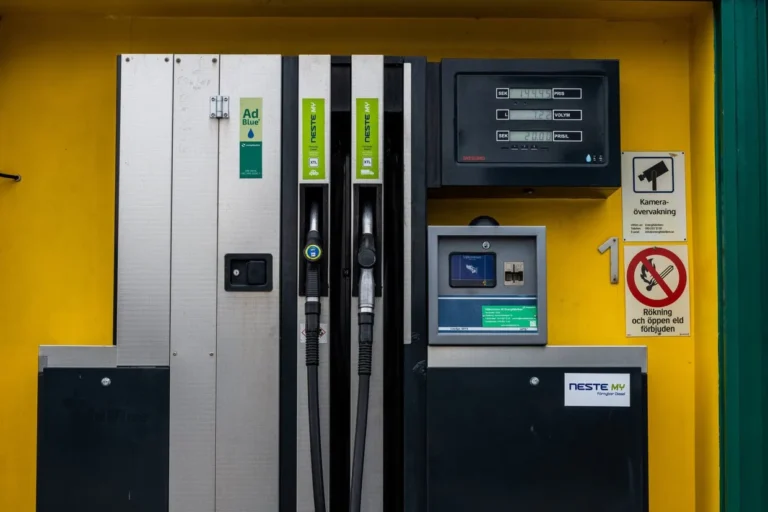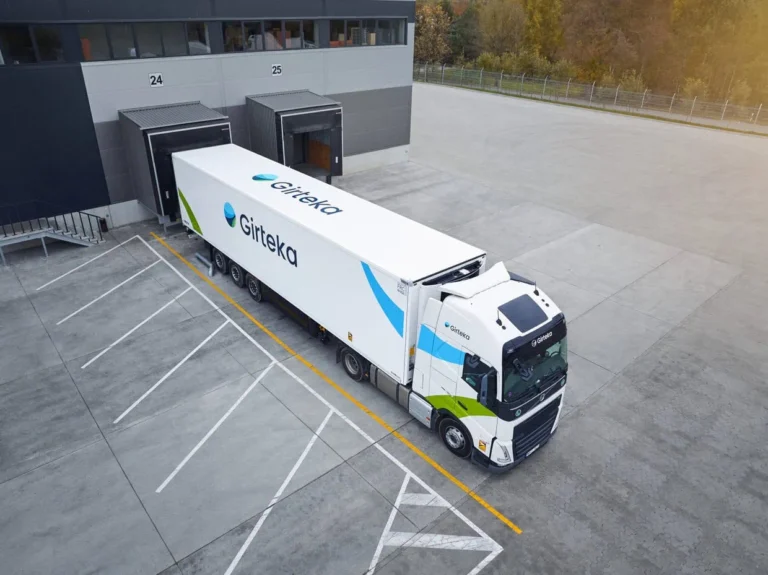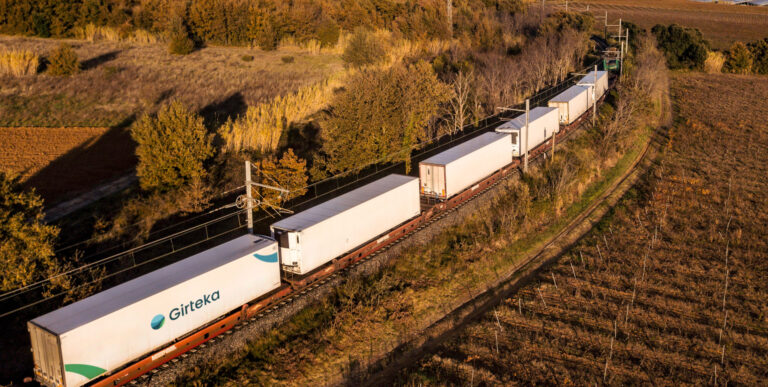The first peak season after the pandemic period is coming. Is it going to be a hectic period again, or maybe we’ve planned ahead solutions that will allow us to maintain undisrupted supply chains? If the decisions to be taken soon are wrong, it might result in a business overpaying massively for cargo or in the worst-case scenario, not being able to ship their goods completely due to a lack of available capacity. Europe’s road freight transport sector, while resilient so far, has had to face quite the headwinds throughout the past few years, making every upcoming peak season a potentially supply chain-breaking period due to the intensity all around the continent.
Peak seasons in logistics – what are they?
Naturally, the biggest issue with peak seasons, which occur at different times in different regions throughout Europe, is that the level of import vs export is unbalanced. Some parts of the old continent will export much more goods than they usually do, without balancing it out with the same amount of tonnes of imported items.
The nature of such imbalance is present throughout the year in Europe. Some countries export more than they import or vice-versa. Case in point, according to Eurostat, companies unloaded 73.3 million and 4.2 million tonnes of goods in Poland and Lithuania, respectively, in 2021. Data from the European Commission’s (EC) statistical department also showcased that companies loaded more than 85.1 million and 5.1 million tonnes of goods in the same two countries during the same year, meaning that there is quite an imbalance between the two numbers.
As a result, carriers have to look for ways to continue earning revenue when running back their trucks to the two countries, as a large share of road transportation services is coming from Poland and Lithuania. As the Mobility Package regulations came into effect, the issue became an ever-bigger headache for procurement specialists, since many more trucks have been coming back to two of the Member States every eight weeks.
Nevertheless, when looking at statistics of the tonnage of unloaded and loaded goods, trends are very apparent. For example, Spain, as Eurostat quarterly unloaded goods by country data showed, has a clear downturn in Q3 every year between 2019 and 2021, with Q1 and Q4 of 2020 and 2021 being clear peaks between those two years. In terms of goods loaded in the Southern European state, very similar trends bubble up to the surface: Q3 is a period of reduced economic activity in terms of the amount of material exported from the Iberian peninsula compared to the other quarters, while Q1 and Q4 2020 and 2021 are the peaks of loaded tonnage.
Once again, an imbalance not only between the tonnage of loaded/unloaded goods is visible but also the amount of economic activity in the country. While shippers are looking to export their goods, carriers are looking at the possibility to provide capacity during the most intense business months of the year, as demand for trucks and trailers rises due to the seasonality of produce exported from the country.
As such, when you are dealing with goods that have a limited shelf life – in Spain that would be fruit or vegetables – you need the capacity to move them quickly to keep them fresh and desirable in front of the shoppers’ eyes. With the increased demand for capacity and flexibility and a disproportion in loaded/unloaded tonnage – Spain remains a very fitting example here – the price for transportation goes up due to the relationship between the supply and demand of trucks and trailers in the country. Yet there is a reason why the previously-explored data was from before COVID struck in Q1 2020, as the pandemic changed the basic rules of the game in logistics in Europe.
Peak seasons following COVID-19
If capacity was harder to come by for shippers during a peak season before the almost two-year lockdown, during and after the pandemic, the situation completely flipped. There are a few reasons why, but the best indicator of the fact is that the spot shipment market is currently booming in Europe.
And according to the European road freight rate development benchmark, jointly prepared by Transport Intelligence (TI), Upply, and the International Road Transport Union (IRU), it has been raising for quite some time. The last time they touched base was in Q2 2020, when the contract and spot rates (the benchmark is set at 100 from Q1 2017) met at around the 105 rate index mark.
Briefly, the fact that spot rates stay above contract rates means that there is a distinct lack of capacity in Europe, as shippers have to pay extra to secure capacity to continue moving goods. For carriers that means that while contracted shipments remained a stable source of income, the spot market can be a lucrative source of income. Yet it is not guaranteed, as naturally, your price could be suboptimal on the open market, leaving your trucks stranded in a region where there is an abundance of them already placed there.
Still, generally speaking, the current road freight transport market in Europe is definitely perceived as one favoring carriers. Contract rates are on the up, and as capacity is set to continue being scarce throughout, they should continue rising. Does that mean that carriers are having the times of their lives, popping champagne bottles at the end of their working days?
Unfortunately, not. The road freight transport market in the continent is still in disarray ever since countries came out of the seemingly never-ending cycle of lockdowns and openings. That cycle had its consequences, and as we are living through some of the generation-defining events, the situation is even more difficult for companies to provide plenty of trucks and trailers to their customers.
Worsening problems
But even before COVID-19, the road freight transport market was not in a good state. Despite stable results between the start of 2018 and the end of 2019, lingering issues were present, which only worsened during and after the pandemic.
One of the most-highlighted issues was, of course, the driver shortage in Europe. While the United Kingdom (UK) was the absolutely worst-case scenario, as the local government there had to pull out all tools to stop supply chains from total collapse, EU-based transport companies were already staring down at the issue, asking themselves what they can do. In late 2021, Edvardas Liachovičius, the Chief Executive Officer (CEO) of Girteka, warned that transportation costs could grow as much as 35%, as carriers had to deal with more than a few issues at the time.
“The issue of lack of drivers has never left the minds of fellow logistics executives, as it has been an ever-present issue. However, Girteka has looked to proactively solve the issue by looking at the foundations of what we have to offer our potential colleagues,” commented the CEO at the time, adding that none of the company’s trucks were sitting idly at transport bases. “Making drivers feel as comfortable as they can be while they are far away from home will only encourage them to stay in the profession and continue delivering the most important goods to consumers, ranging from food to pharmaceuticals,” commented Liachovičius at the time.
The latest freight rate development benchmark also noted that the “driver shortage is continuing to put upwards pressure on wages (which make up another third of transport costs), as employers try to remain competitive and keep their drivers.” Due to the pandemic, as supply chains were still trying to get back up on their feet, some drivers chose to leave the profession and retire early. Alas, this did not create a problem but rather exacerbated it, as the same benchmark report noted that Europe is facing a very aging driver workforce.
“Ageing truck driver workforce is the main driver of the deterioration of the driver shortage situation with an average age of Europe’s truck driver population of 47 years old,” stated the report. “Whereas the share of young drivers is too low to replace the significant number of truck drivers that will retire in the next 10 years: 20% of the European working population is over 55 years old.”
While the cause was not exactly outlined, Eurostat statistics for the road freight transport market size quarterly showcased that following a slump – that has repeated itself in the first quarter of the year since 2018 – it always recovers fully by Q3, yet comparing Q2 2021 and Q3 2021 would paint a different picture.
Overall, while during the former quarter companies loaded and carried over 3.57 billion tonnes of cargo, the latter quarter’s numbers dropped to 3.49 tonnes in the EU, a first in three years that the tonnage between the two three-month periods would drop. What was clear – despite the General Domestic Product (GDP) of the EU growing consistently during the same period – that something was influencing the negative drop in capacity.
Another negative factor was fuel-related costs. These problems have persisted ever since the price of fuel began to steadily rise starting in late-2020, with the war in Ukraine making the situation much worse than it already was. And with the price of fuel rising, carriers have faced a dilemma of whether to continue providing capacity at a loss and to keep their promises to customers risking operational costs increase as fuel prices influence the profit margins.
And lastly, even if the attention toward COVID-19 has certainly diminished over the past few months, the virus has not yet disappeared completely. Per the European Centre for Disease Prevention and Control (ECDC), an agency of the EU, “the epidemiological picture suggests that there is increasing transmission in the majority of EU/EEA countries reporting data, which is affecting the population aged 65 years and above,” the ECDC shared the information on its weekly report on September 30, 2022. “Due to the recent increase in case notifications observed, it is important to continue to monitor the epidemiological situation, and the severity indicators, closely.”
Arguments could be made both ways. For one, the illness had more chances to spread due to the Summer holidays. At the same time, the past few years showcased a tendency of steadily rising cases during the colder months, alluding to a potential risk of COVID-related restrictions once again straining supply chains across Europe.
A guessing game or is there a right choice?
Yet supply chains have been strained since March 2020, and as humans and better yet as professionals, we have learned to adapt, and even prepare and be proactive about the situation. Looking into the short-term future, though, the question is one – as a shipper, is there a right choice going into the next peak season?
It does boil down to a simple question – do you need guaranteed capacity or are you ready to gamble on the open market and play the spot game?
As touched upon previously, there are risks associated with planning a peak season capacity on the spot market. The volatility of the market, especially if a shipper is producing goods with limited shelf life, can result in those goods being deemed not good enough for the consumers, not only causing a headache but potential losses as well. Still, for small businesses who know that they will not need a truck right here and right now to avoid unnecessary losses, the spot market can be perfect, as it provides a great deal of flexibility.
But peak seasons, from the point of view of carriers, are hardly attractive. After all, you are sending your trucks to a region where there will be a huge number of trucks, whether your own or your competitors’, meaning that the initial leg of the journey toward the loading points can potentially be done emptily. What if a customer cancels a load? Similarly, the last resort to moving the truck towards its next intended loading location could be done without any load in the back.
Nevertheless, customer-centricity shines during peak seasons, especially if the buyer and the supplier of road freight transport understand each others’ needs, such as the need to have guaranteed capacity. Subsequently, carriers can take it to the next level and offer tailored solutions to carry goods on two-driver trucks, for example, or provide secure and Good Distribution Practice (GDP)-certified delivery services.
“Customer-centric logistics companies can provide a much-needed helping hand for manufacturers, producers, and growers whenever they have a peak season on their hands,” commented Pavel Kveten, Chief Operating Officer (COO) of Girteka Europe West. The executive noted that despite the challenges that peak seasons can bring for both sides of the equation, “the long history of Girteka proves that we can provide the correct solution at the right time for customers, even during the most intense periods of their demand for transportation.” Additionally, the huge fleet of the company is only an asset during peak seasons, as Kveten pointed out that “we can rearrange planning of transports and move our huge fleet trucks and trailers even easier now with the help of our SAP Transport Management systems.”
Flexibility will continue to remain an important part of the demand and supply capacity of transportation for years to come, posing the question of what are the solutions for the long-term future.
“The right solution will always be there, it is just a matter of being able to come to a consensus with our customers and focusing on their transportation needs to help them during peak seasons with fast-paced deliveries, real-time visibility, or any other solution that would ensure our and their success,” concluded Kveten.
